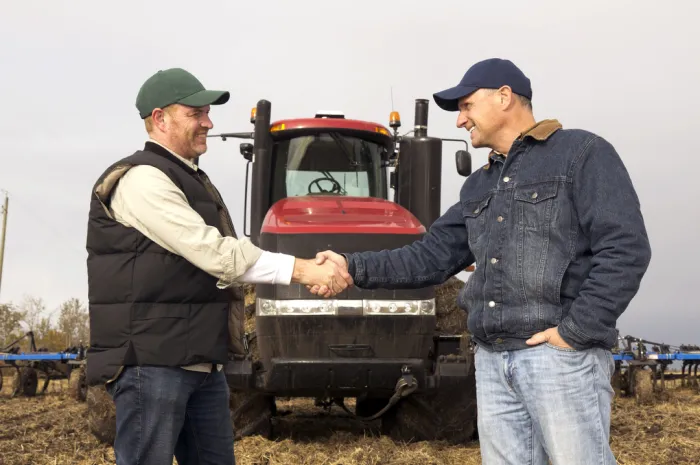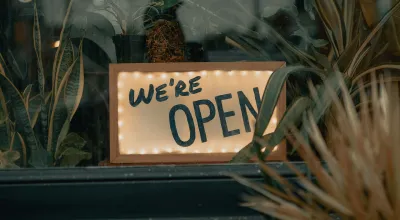
Increase Your Financial IQ: Tips For Working With A Lender
It’s no secret that agriculture is a capital-intensive industry, so it should be no surprise that many farmers turn to lenders to access the funds they need to buy livestock, equipment, facilities and land. Approaching a prospective lender can be intimidating if you’re a beginning farmer, but there are things you can do to make the loan process less stressful.
Do your research
First, you need to decide which lender to approach, which means learning more about your options. Make sure the lender you choose is reputable and really understands agriculture – its annual cycles, from planting through harvest, and the reality that sometimes there are bad years, when weather can devastate a crop or commodity prices can take a downturn. Selecting the right lender means that you’ll have a partner who is focused on helping you achieve success and who is with you for the long haul.
A good place to begin your research is at the Farm Service Agency, which offers direct lending programs for young, beginning and small (YBS) farmers, and also works with other lenders like Farm Credit. If the first lender you approach isn’t able to provide the funding you need, don’t give up! Contact the next lender that meets your criteria.
You also need to know what kind of loan you’ll be applying for, so familiarize yourself with basic loan and interest rate types. Do you need a line of credit or an installment loan? Will you need short- or long-term funds? Keep in mind that any loan term should align with the life of what’s being funded, such as one year for annual inputs or five to 10 years for equipment. Would you prefer a fixed, variable or adjustable interest rate? You can learn more about financing options through basic internet research or by attending a financial literacy workshop offered by a lender like Farm Credit.
Prepare your documents
A lender needs to develop a clear picture of your operation’s financial condition to make a decision about whether to finance any loan request. Two financial statements can provide much of the information the lender will need to make a decision: A balance sheet and an income statement/statement of cash flow. A business plan, whether complete or in development, will also help the lender better understand your operation.
You should also consider preparing a plan of action that explains how much capital you’re seeking and how you plan to use it. This plan should reflect an understanding of your market and industry by including realistic costs, yields and selling prices. You can increase your insight into these factors by talking with fellow producers in your area or by attending a local YBS farmer or industry organization meeting.
Understand the loan process
Borrowing money isn’t as simple as strolling into a bank and walking out with a check. Much of the loan process happens behind the scenes.
Initial meeting
You should anticipate a fairly in-depth discussion during your first meeting with a prospective lender. The lender will ask a lot of questions, but you should also be prepared with questions of your own. The right lender will be happy to take the time to talk you through the process.
Follow-up documentation
Based on your initial discussion, you may be asked for additional documentation, such as the balance sheet and income statement, if they haven’t already been provided; cost, production and income projections; and two or three years of tax returns.
Analysis
Once the lender has all necessary documents, an analysis is performed to determine the creditworthiness of your request. During this phase, credit scores, payment history, income and expenses, and collateral are reviewed.
Loan review
The initial analysis is reviewed, along with the loan request, including amount and terms, to determine if the loan meets the lender’s underwriting standards.
Loan approval
If your loan is approved, the lender will order the necessary appraisals and title work.
Closing
Finally, loan documents are generated and signed by both you and the lender. The loan is closed, and funds are disbursed either in the form of a check or a line of credit.
Establish a lasting relationship
In some cases, the lender may require additional financial documents during the life of the loan but, in many situations, you’ll have no further obligations other than meeting the payment schedule.
Establishing and maintaining a positive relationship with your lender will enable you to feel comfortable asking questions and making additional funding requests, whether for another operating loan the following year or a new term loan for a capital investment.
Source:
Tamara Shrable, Regional Lending Manager, AgGeorgia

























